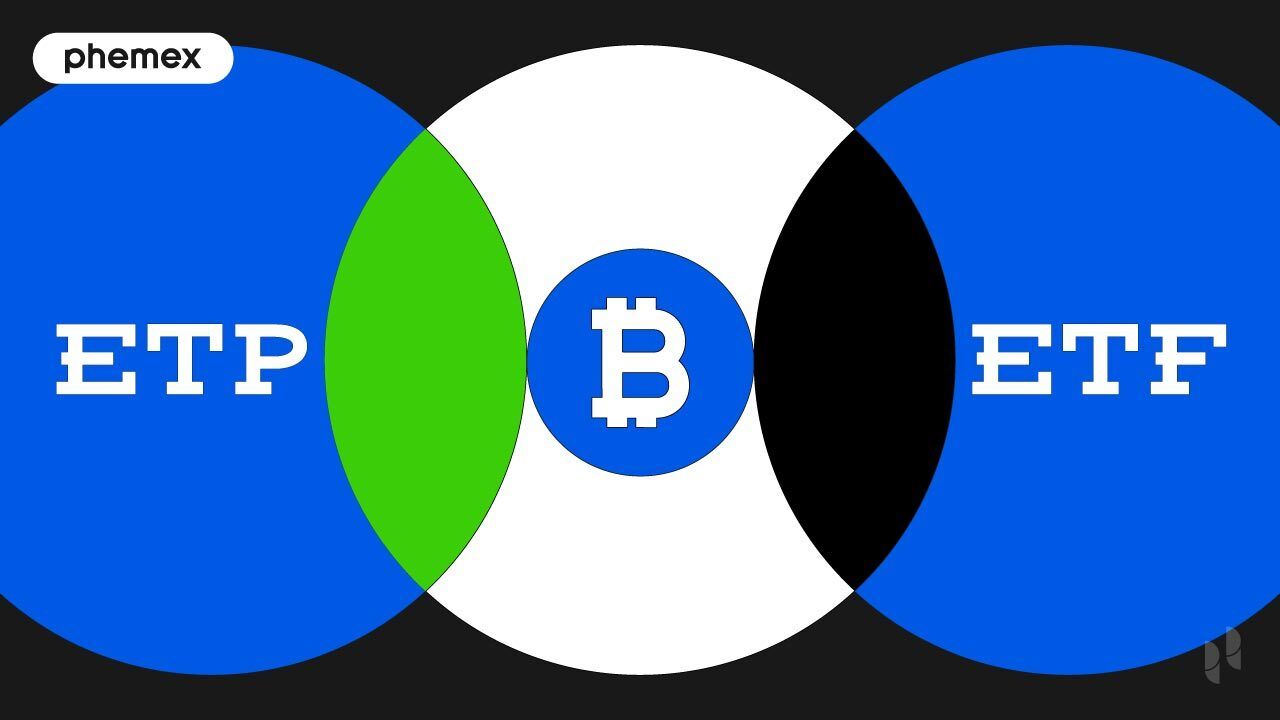Historically, it has been rather difficult to monitor and scrutinize cryptocurrency transactions across different networks — as a certain amount of computer knowledge is needed simply to understand what this would entail. In recent years, however, certain applications have been created that allow for even the least tech-savvy crypto investor to properly keep an eye on the movements of their digital assets. These applications allow for a smooth transition between user and exchange, providing peace of mind as well as much needed security and stability on their network of choice. Etherscan is one example and its network of choice is Ethereum.

What is Etherscan?
Etherscan, sometimes abbreviated to Ethscan, is what is known as a “block explorer” for the decentralized Ethereum network. Block explorers are search engines that allow someone to search, verify, and validate transactions made upon a blockchain — and that is exactly what Etherscan is, and specifically, it is Ethereum blockchain explorer.
Block explorers like Etherscan are created and maintained to increase security across a blockchain network, as they allow users to monitor for suspicious activity. Additionally, they can be used as a learning tool for newcomers and experienced users alike; giving them additional tools with which to interact on the blockchain, crypto wallets, and other forms of decentralized applications.
What Is Etherscan Used For?
When using the Etherscan app, one has several options:
- View the wallet balance: Enter the Ethereum wallet address you wish to look-up into the search bar. From there, the balance of that address and all the transactions that were made through it are available.
- Calculate the gas costs: The Etherscan gas tracker is an application offered by Etherscan, which allows users to calculate the gas costs involved in a transaction and therefore determine how viable that trade or transaction is. This application is very useful for determining the viability of any transaction made with ETH, or simply when using the Ethereum network.
Etherscan is the Ethereum explorer of choice for a high number of users, partly because of its speed and reliability, but also because it incorporates other useful features.

How to Check Ethereum Account Balance on Etherscan?
How to Read Etherscan?
Etherscan provides an extensive information on the wallet address and the transaction details:
- Total balance
- Ether Value
- Other tokens hold in the wallet
- All transactions to the wallet
- Method of the transaction
While there are a number of different ways to check one’s account balance, one of the simplest and most effective ways is to use the ETH Account Balance Checker provided by Etherscan. This handy application allows Etherscan users to look up an Ethereum address by supplying a block number or date (for the balance you wish to check) and an Ethereum transaction ID (if they wish to check for a specific ETH transaction).
Alternatively, if a user requires less detailed and comprehensive information on their ETH account balance, they can simply go to the main Etherscan webpage. Here, they will find a search bar in the top left corner that allows them to type in the Ethereum address. Upon doing so, they will be redirected to a page containing a simplified version of the information provided by the ETH Account Balance Checker.

How to Buy ETH on Etherscan?
After understanding how to read Etherscan, people usually want to know if they can buy Ethereum using Etherscan, and if so, how? Unfortunately, the answer is not straightforward. Although one cannot exactly buy through Etherscan, it does provide a mechanism to transfer ETH using Etherscan without needing to use an outside wallet application; thereby effectively allowing trade, albeit in a fairly limited form. To do this one must go through the following steps:
- First, click on the “Write Contract” tab on Etherscan’s main webpage.
- Next, click on “Connect with Metamask” for maximum security.
- Thirdly, go to “Transfer” and enter the details of the intended transaction:
- _to: In this section, a user enters the address of the wallet to which they intend to send a crypto asset.
- _asset: This is the section where a user inputs the denomination of digital currency they are sending (though this is limited to tokens that can be represented with Ethereum’s ERC-20 tokens). If they are sending ETH, for example, they would enter “0x0.”
- _amount: Here, a user would specify the quantity of digital currency they are sending. Etherscan requires that you input the value in Wei, which is the smallest denomination of Ether, equating to just 0.0000000000000000001 ETH.
- After entering all the correct values and double checking to make sure everything is in order, click on “Write.” Following this final stage, a smart contract will have been written, allowing for the transfer of a digital currency through Etherscan and without needing an intermediary of any kind.
How to Withdraw Funds from Etherscan?
A provision for withdrawals does exist with Etherscan, and thankfully, the steps are identical to those provided in the section above. In order to withdraw, a user must simply specify their own wallet rather than somebody else’s when selecting “Transfer.”
How to Cancel a Transaction on Etherscan?
It is usually impossible to recover or cancel a transaction once it has been input and mined onto the blockchain. When traffic is low on a network, transactions can be encoded within a matter of seconds, meaning that the transaction itself spends virtually no time at all in the network’s transaction pool. Nevertheless, when traffic is high (which in Ethereum’s case can be relatively often), transactions can be sat waiting for hours or even days before they are registered and stored permanently through blockchain encryption. In cases like these it would mean that it is technically possible to replace a transaction with another (say with a value of 0 ETH, for example), thereby effectively cancelling the transaction altogether.
However, it is extremely important to note that this is only possible if a transaction is stuck in transition, and even then, there is no guarantee that this will work reliably. This is only a possible fix, essentially theoretical. Generally speaking, once a transaction is made on a blockchain there is no viable way to replace, recover, or cancel that transaction without some kind of massive network overhaul. Clearly, Ethereum is not about to shut down its entire operation to recover a single transaction — no matter how large.
How to Verify a Smart Contract on Etherscan?
In order to ensure that the information pertaining to tokens on Etherscan is up to date and corroborated, it is of paramount importance that the token contract address is verified on the network. This is done to ensure that the contract code is exactly as it appears on the application, and it also allows members of the Ethereum/Etherscan community to read and even audit the contract if they so please.
Etherscan requires that all token contracts be verified before they can be updated with any information submitted by the contract owner themselves, thereby ensuring security measures are met. If a contract owner wishes to verify a contract, they must:
- Open Etherscan.io
- Navigate to the menu and then click on “More.”
- Click on “Verify Contract.”
- Enter the contract’s key information, including the address. Then click “Continue.”
- On the next page, add the section of code pertaining to the smart contract in the first box supplied. Then tick on the reCAPTCHA box.
- Finally, click “Verify and Publish.” The contract should now be verified and uploaded to the network.
How Does One Verify a Token on Etherscan?
Generally, tokens only exist on Etherscan in the form of smart contracts. Therefore, token and smart contract verification on Etherscan require the exact same process, which has been listed in the above section.
Can Etherscan.io Be Hacked?
Lastly, the question that any security conscious investor is now asking is whether or not Etherscan and its main webpage can be hacked. Unfortunately, the answer to this question is yes, but not easily. Researchers from both the UK and Singapore (where a large number of crypto firms are registered due to there being less restrictive laws) have concluded that around 34,200 smart contracts are at risk on the Ethereum network at any given time. This represents a staggering $4.4 million worth of ETH that is vulnerable to attack by hackers right at this given moment.
In fact, back in 2018, a malicious attack occurred on the Etherscan.io main webpage when a user managed to write code into the site’s comment section, which executed a viral attack on the browsers of anybody using the website. This prompted swift action from the Etherscan developers who quickly took the site down, leaving only a pop-up to confront disgruntled would-be users when they tried to open the main webpage. The pop-up, which read “1337” (a reference to old-school gamer/hacker slang meaning elite) signified that the site would be down until the team behind Eth scan could locate and negate the source of the malignant code.

Conclusion
While it might be true that Etherscan is vulnerable to hackers in some small (but not insignificant) way, the same could be said of plenty of digital financial institutions — not all of which are crypto-related. The fact is that block explorers like Etherscan actually help to improve overall blockchain security by providing transparency and fluidity for its users. If cryptocurrency and the world of decentralized finance hope to one day fully integrate with the traditional world of centralized finance and commerce, then it is platforms like Etherscan that are helping to lead that charge. However, much must still be done to assuage the rightful fears of the general public before that can be accomplished.
Read More
- Blockchain Analytics: 11 Free Crypto Research Tools You Need
- The Ethereum Virtual Machine: How Does it Work?
- What is Cryptocurrency & How It Differs From Digital Cash
- What Is Ethereum: Ground Zero of the Next Digital Era
- Ethereum 2.0 – Everything You Need to Know
- What Are Decentralized Applications (dapps)?
- How to DYOR (Do Your Own Research): A Comprehensive Guide
- How To Trade Crypto: The Ultimate Investing Guide









